Hola, hola mi gente bella de Hive, hoy les voy a compartir la actividad del Velorio de la Cruz de Mayo, esta es una celebración que se realiza para festejar y agradecer la llegada de temporada de cosecha y de lluvias. Además recordar el sacrificio que hizo nuestro señor Jesucristo en la cruz.
Hello, hello my beautiful people of Hive, today I am going to share with you the activity of the Velorio de la Cruz de Mayo, this is a celebration that is held to celebrate and give thanks for the arrival of the harvest and rainy season. Also to remember the sacrifice that our Lord Jesus Christ made on the cross.
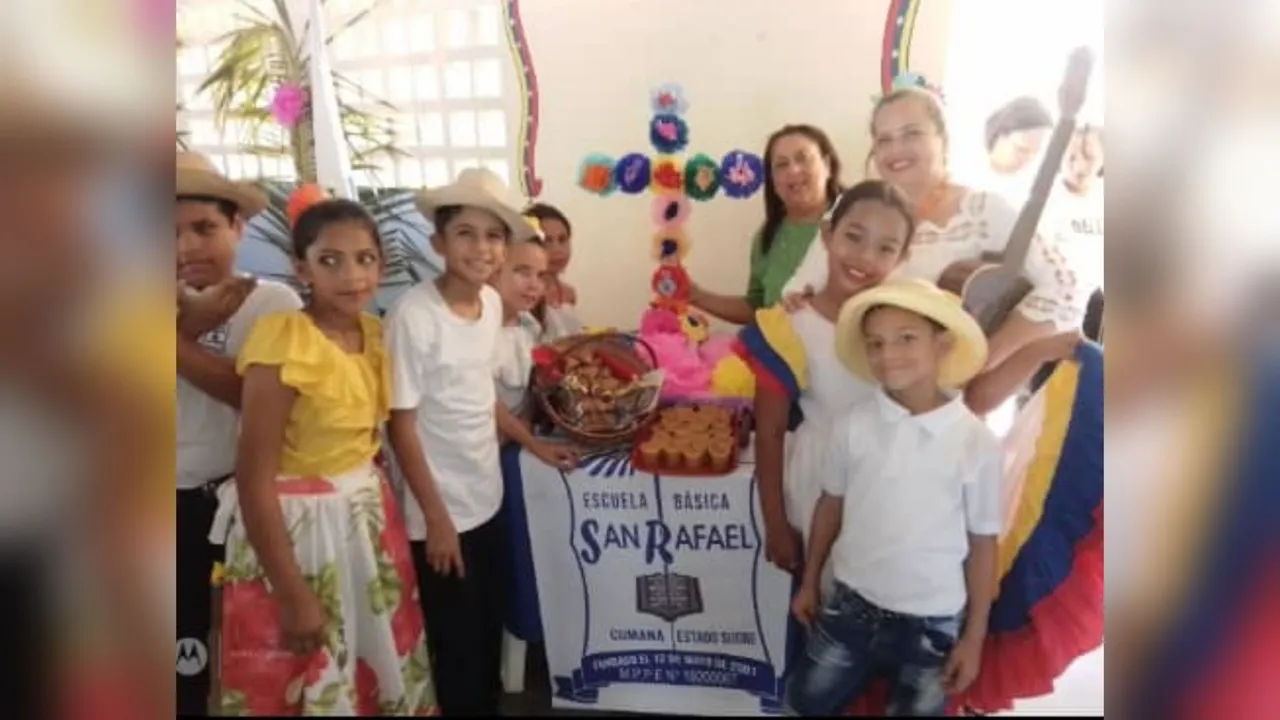
Este velorio se realiza en la ciudad de Cumaná. Además, se conoce que en toda Venezuela se conmemora dicha fecha, con algunas variantes, en el adorno, las canciones y los bailes. En Cumaná se usan escalinatas de 7 tramos. En cada esquina se colocan velas encendidas,en total serían 14. Se adorna la cruz con flores de múltiples colores.
This wake is held in the city of Cumaná. In addition, it is known that in all Venezuela this date is commemorated, with some variations, in the decoration, songs and dances. In Cumaná stairways of 7 flights are used. In each corner lighted candles are placed, in total there would be 14. The cross is decorated with flowers of multiple colors.
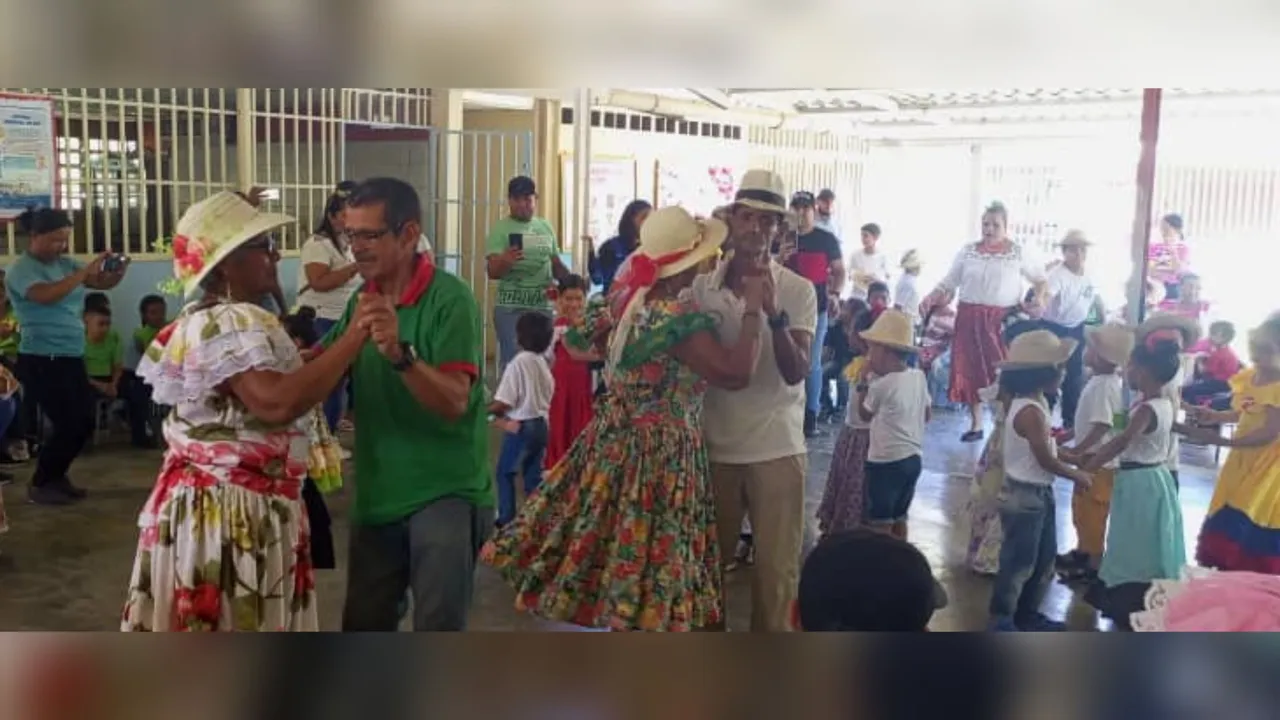
Se seleccionan 7 padrinos y 7 madrinas para llevar la cruz hasta el altar. El altar es la misma escalinata de 7 tramos. El acto o velorio se inicia solicitando permiso a la directora del plantel. Se forman los padrinos en pareja, unos detrás de los otros. Los primeros toman la cruz y se inicia en baile en forma de cruz, con los pies, empezando con el izquierdo.
Seven godfathers and seven godmothers are selected to carry the cross to the altar. The altar is the same staircase of 7 flights. The act or wake begins by requesting permission from the director of the school. The godparents are formed in pairs, one behind the other. The first ones take the cross and start dancing in the form of a cross, with the feet, starting with the left one.
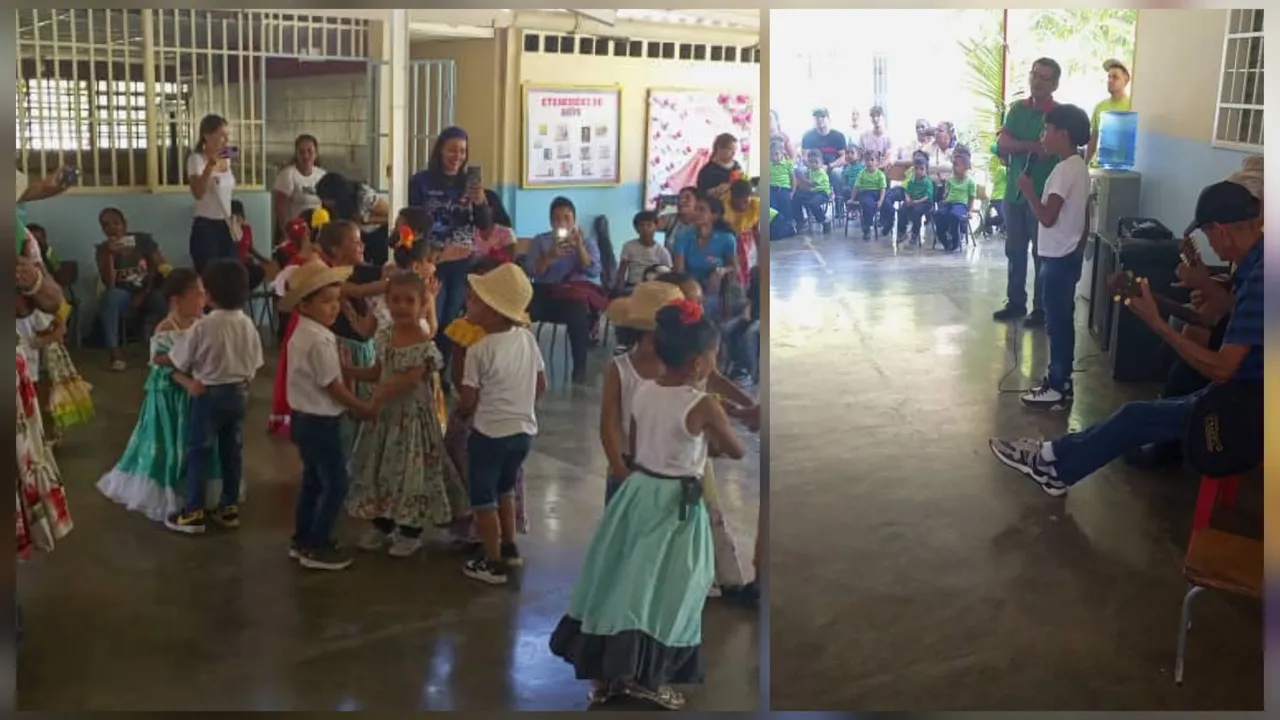
Simultáneamente, está una cantante entonando la fulía (expresión musical de Cumaná). Los primeros padrinos llevan la cruz hasta el altar y la ubican en el primer escalón, luego los segundos en el segundo y así sucesivamente todos hasta llegar al último. Si ocurriese algún incidente por algún error humano se debe hacer un rosario para pedir disculpas.
Simultaneously, there is a singer singing the fulía (musical expression of Cumaná). The first godparents carry the cross to the altar and place it on the first step, then the second ones on the second step and so on until the last one. If any incident occurs due to human error, a rosary should be made to apologize.
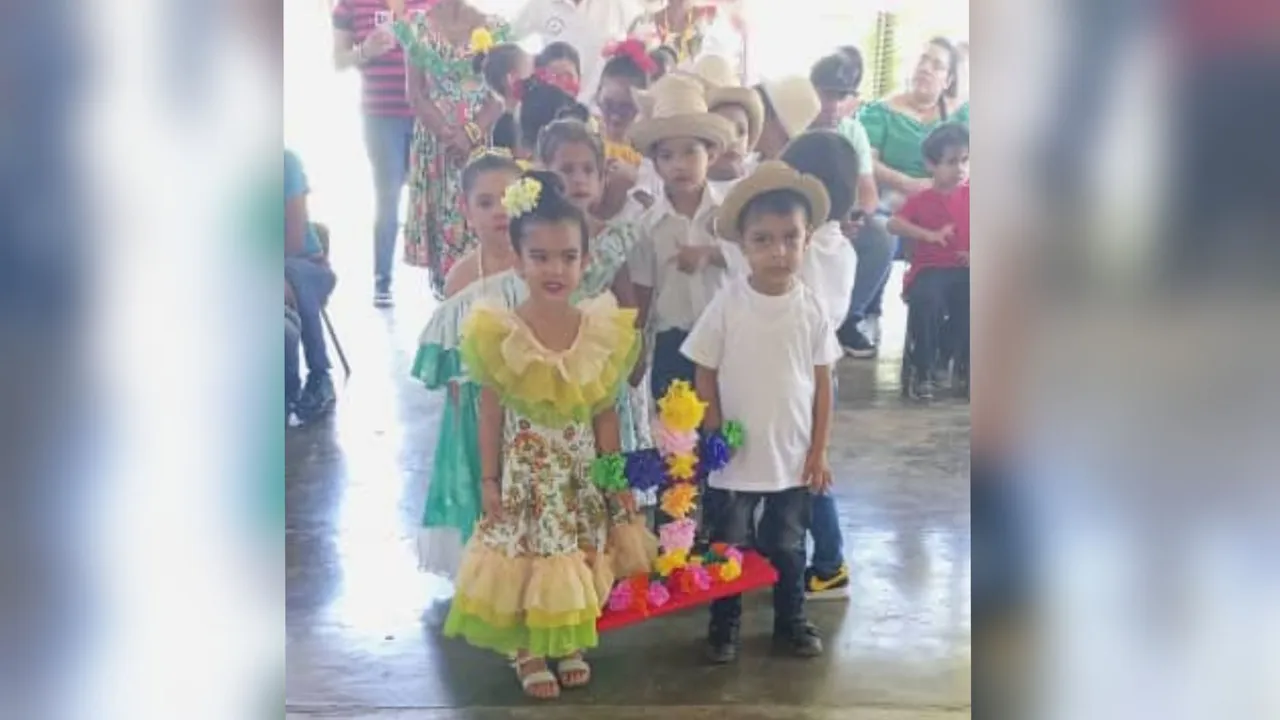
Luego de montada la cruz se canta para repartir el carato de mango (bebida de mango cocido con papelón o azúcar). Acto seguido, se solicita permiso a la cruz para desarrollar las actividades folklóricas, como galerones, cantos, bailes, joropos, estribillos. Otra cosa, no menos importante. Al pedir permiso a la cruz, la misma debe voltearse y dejarse en ese último escalón hasta culminar la actividad cultural.
After the cross is assembled, a song is sung to distribute the "carato de mango" (a drink made of mango cooked with sugar). Then, permission is requested to the cross to develop the folkloric activities, such as galerones, songs, dances, joropos, refrains. Another thing, not less important. When asking permission to the cross, it must be turned over and left on that last step until the end of the cultural activity.
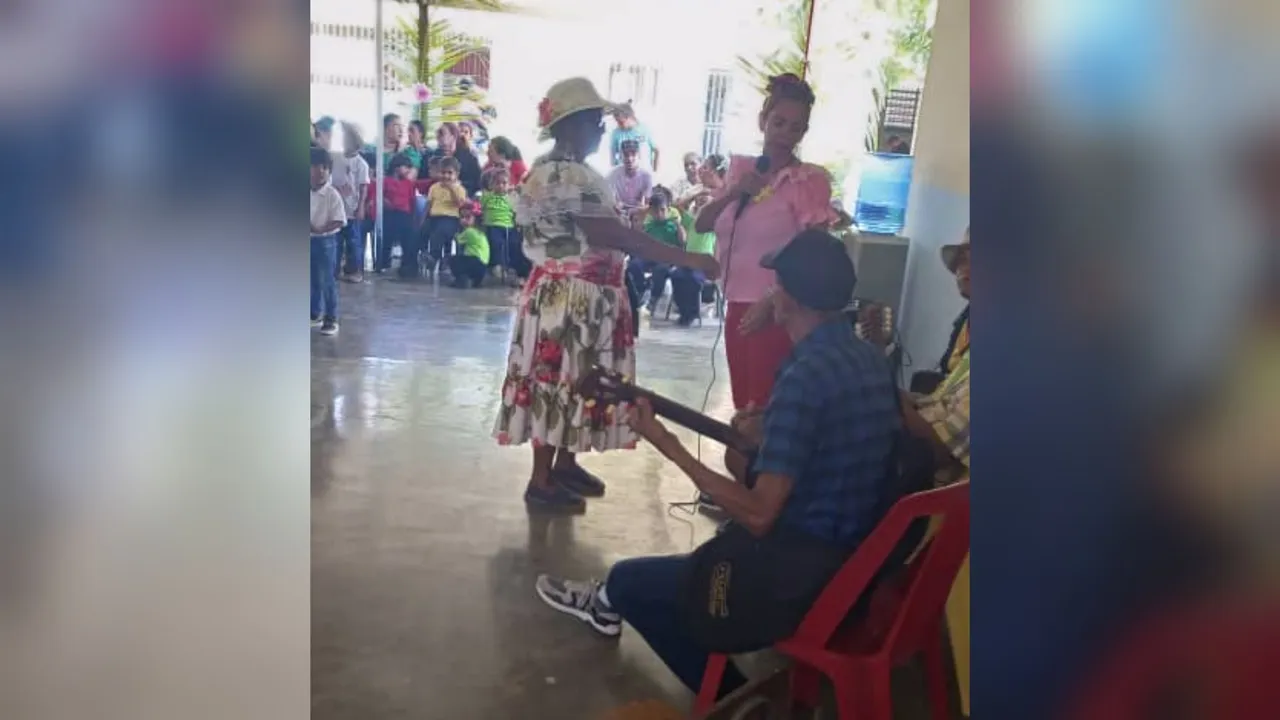
Seguidamente se llaman a los padrinos, los cuales hacen el descenso de la cruz, parecido a como la subieron, tramo por tramo, así se da por culminada el velorio de Cruz de Mayo.
Next, the godparents are called, and they make the descent of the cross, similar to the way they brought it up, section by section, thus ending the Cruz de Mayo wake.
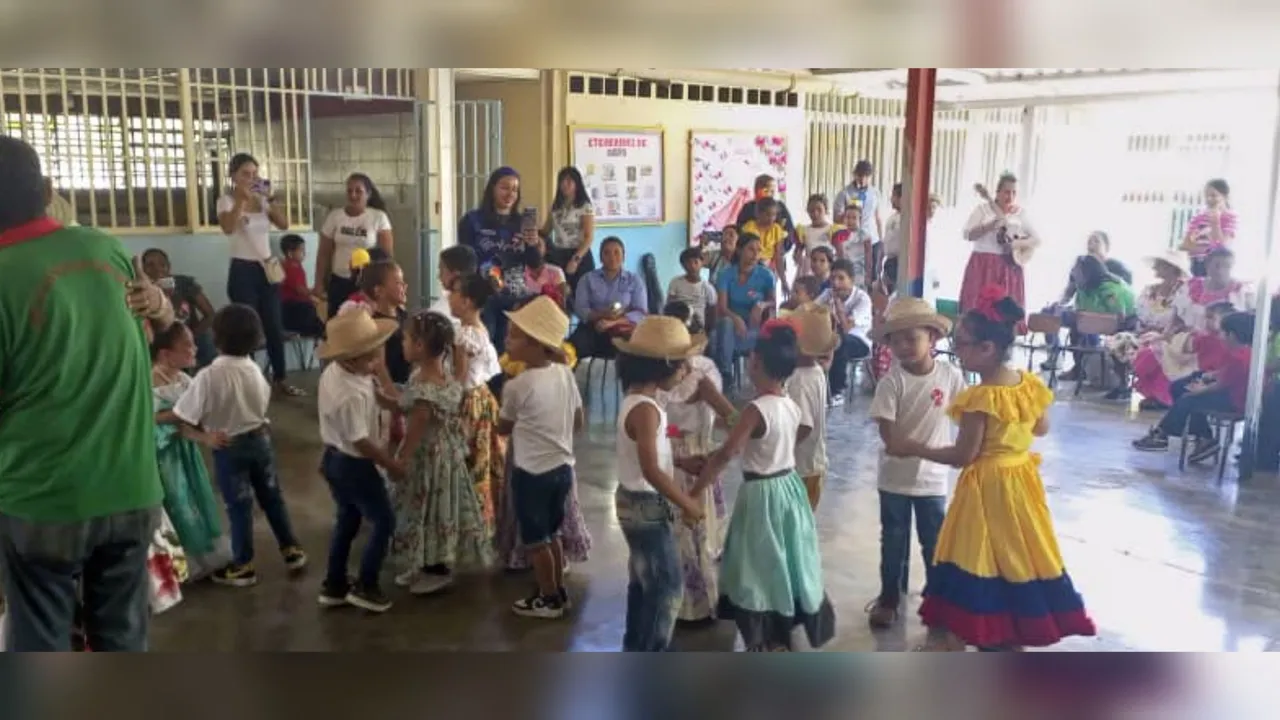
Me encantó esta actividad porque mantiene viva la tradición sucrense, los niños estaban felices y disfrutaron del acto. Conocer el origen y el proceso de este ritual es muy importante para las nuevas generaciones, pues forma parte de nuestra cultura como cumaneses.
I loved this activity because it keeps the Sucre tradition alive, the children were happy and enjoyed the event. Knowing the origin and process of this ritual is very important for the new generations, because it is part of our culture as cumaneses.
✓Fotos propias, editadas con Foto Collage.
✓Traducido con DeepL.
--- ❤️❤️❤️---
✓ Own photos, edited with Foto Collage.
✓Translated with DeepL.
Posted Using InLeo Alpha